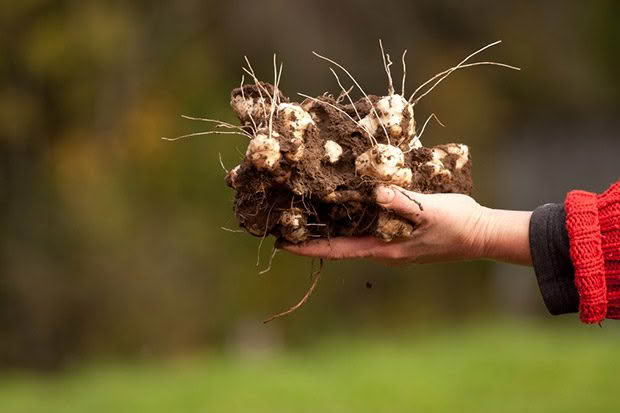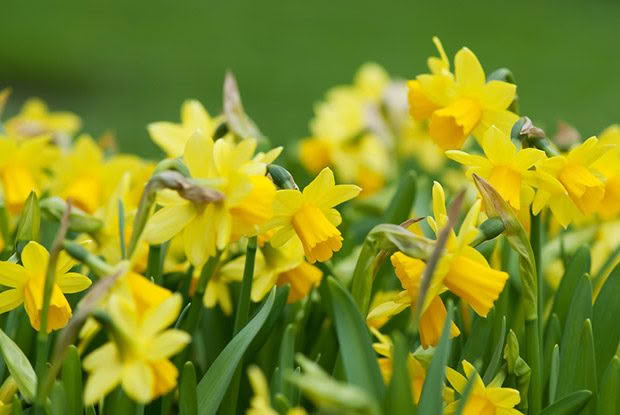What you need to do in your garden this August

The final days of winter are upon us, and with it comes flourishing daffodils and a list of tasks to keep you buzzing around the garden.
Words: Nadene Hall
1. Plant out well-sprouted early potatoes. Use a tunnel house in cooler regions.
2. Plant sprouted Jerusalem artichokes into well-drained, compost-enriched soil. Ideally, you want them in a confined space, such as a large trough, or separated from the rest of the garden. Plants can grow up to 3m high and will spread out. Set in shallow trenches 5cm deep, 30-40cm apart, with 90-120cm between rows.

3. Daffodils and tulips will be at their best this month, but it’s what you do once they’re at their worst that will make all the difference to next year’s crop. After flowering is over, leave the plants to die down naturally – chopping the long, strappy green leaves back with the lawnmower too soon will starve the bulbs. Wait until November before you clean them up.
4. Sow early peas if it’s warm enough (soil temperature above 8°C). Protect with bird netting, and cover with newspaper or cloth at any hint of frost.
5. Sow seeds in trays for planting out later: beetroot, cabbage, cauliflower, celery, leeks, lettuce, onions, silverbeet, spinach, and spring onions. In warmer regions, you can direct sow beetroot, carrots, and radishes.

6. Sow parsnips in early spring. This might be mid-late August, depending on your climate. Parsnips are a long-maturing crop that need plenty of time to grow to a good size for eating from mid-to-late summer right through winter.
Use fresh seeds each year and don’t let the soil dry out – keep moist until seeds germinate;
• add well-rotted compost or manure to the soil, not fresh fertiliser, or you’ll get forked roots;
• sow 8-10cm apart, then thin as they grow so they have plenty of room.
• keep the soil moist and weed-free – beware, parsnip foliage can cause dermatitis on your hands.
• only harvest as needed – parsnips keep best in the soil.
7. A roll of black polythene plastic (builder’s plastic) is an easy way to kill weeds sprouting in newly prepared beds:
• prepare the soil, and wait for rogue seedlings to pop up;
• cover with black plastic for two weeks, then remove;
• repeat if necessary.
You can buy rolls in the building section of hardware stores from 10m up to 50m long in various widths. It can be used for years, even decades if it’s stored safely out of the sun over summer.
It also warms the soil, helping to compost manure and other organic matter in or on top of a bed.
8. Do you know the Florida weave?

If you’re planting a lot of determinate tomatoes this spring (plants that climb), the Florida weave can help you keep things under control.
When it’s warm enough (late October onwards), transplant young tomato seedlings at 60cm spacings in a straight row. Bang in some strong support stakes like waratahs at the end of each row and between every second plant.
Once plants are around 30cm high:
• tie some gardening twine to the first stake at about the 15cm mark;
• weave it through the plants, looping it around each stake until it’s tight;
• go around the stake at the end, then weave back along the row;
• tie it off to the first stake.
Repeat about once a week or when your plants have grown 15-20cm until your tomatoes reach their adult height.
Love this story? Subscribe now!
 This article first appeared in NZ Lifestyle Block Magazine.
This article first appeared in NZ Lifestyle Block Magazine.
